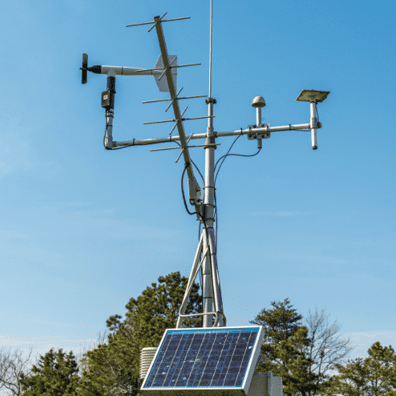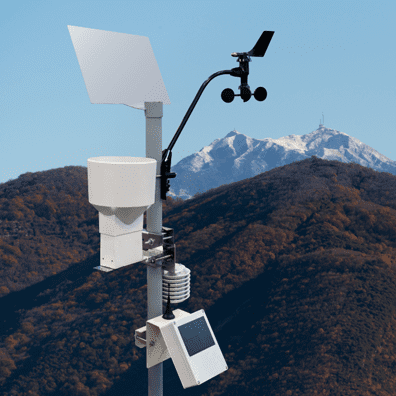
Meteorological Equipment Towers (MET)
Navigating road safety with changing weather conditions
Before stepping out of the house, we must prepare ourselves for unexpected and even unpredictable situations on the roads. To help us tackle some of these unpredictable situations, Meteorological Equipment Towers are designed. Typically used for monitoring and forecasting weather conditions, these systems also play a significant role in traffic management.
By providing real-time data on weather and road conditions the MET systems help transportation agencies and operators to make informed decisions about traffic management strategies, such as route planning, road closures, speed limit adjustments etc.

Features of Meteorological Equipment Towers:
- Monitoring weather conditions: Using hi-tech equipment, the primary function of METs is to monitor weather conditions along various parameters such as temperature, humidity, precipitation, wind direction and speed, etc. This information further helps the authorities to manage traffic accordingly.
- Monitoring road conditions: Along with the weather, meteorological towers can also monitor the current conditions of road surfaces across the city, such as the temperature, friction wear & tear, ice accumulation (in certain climates). This allows transportation agencies to plan maintenance activities.
- Early warning systems: In case of severe weather or climate events such as floods, storms, landslides, etc, the METs set up early warning signs. Giving the authorities time and correct information to make appropriate road safety arrangements.
- Data sharing and integration: Meteorological equipment towers can effortlessly be integrated with various networks of sensors and data collection systems. The real-time data shared by METs helps transportation agencies in curated traffic management strategies, improving the efficiency and road safety of civilians.



